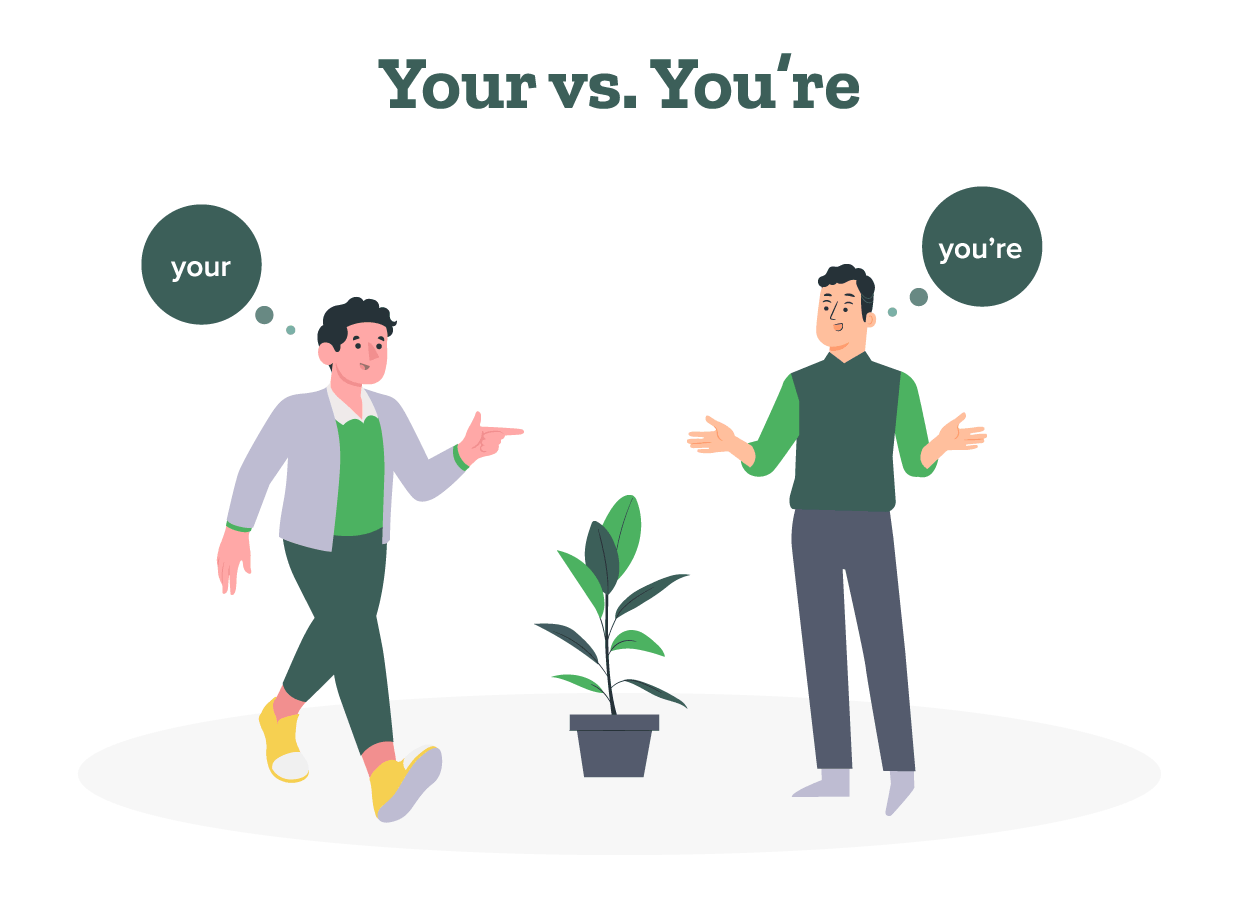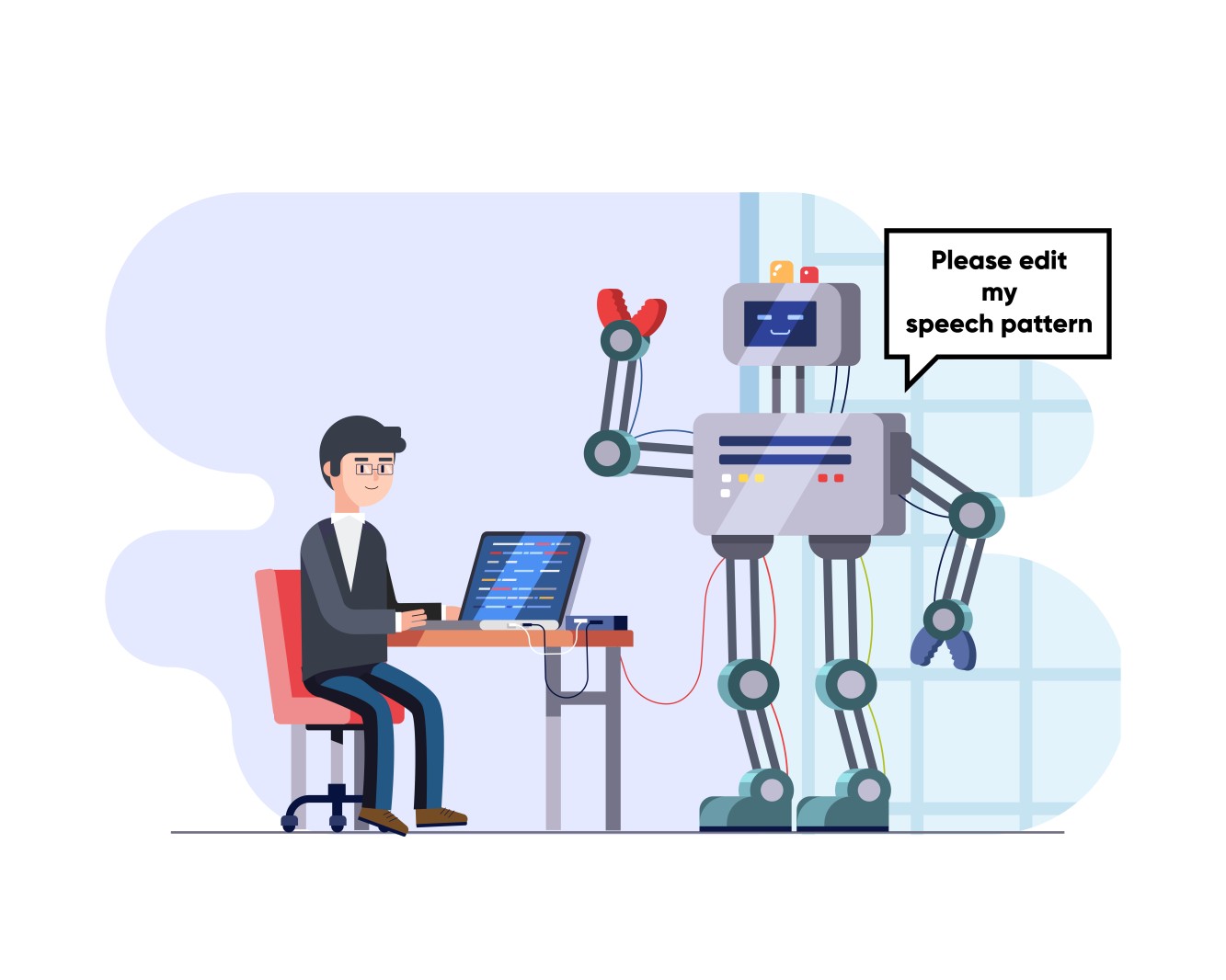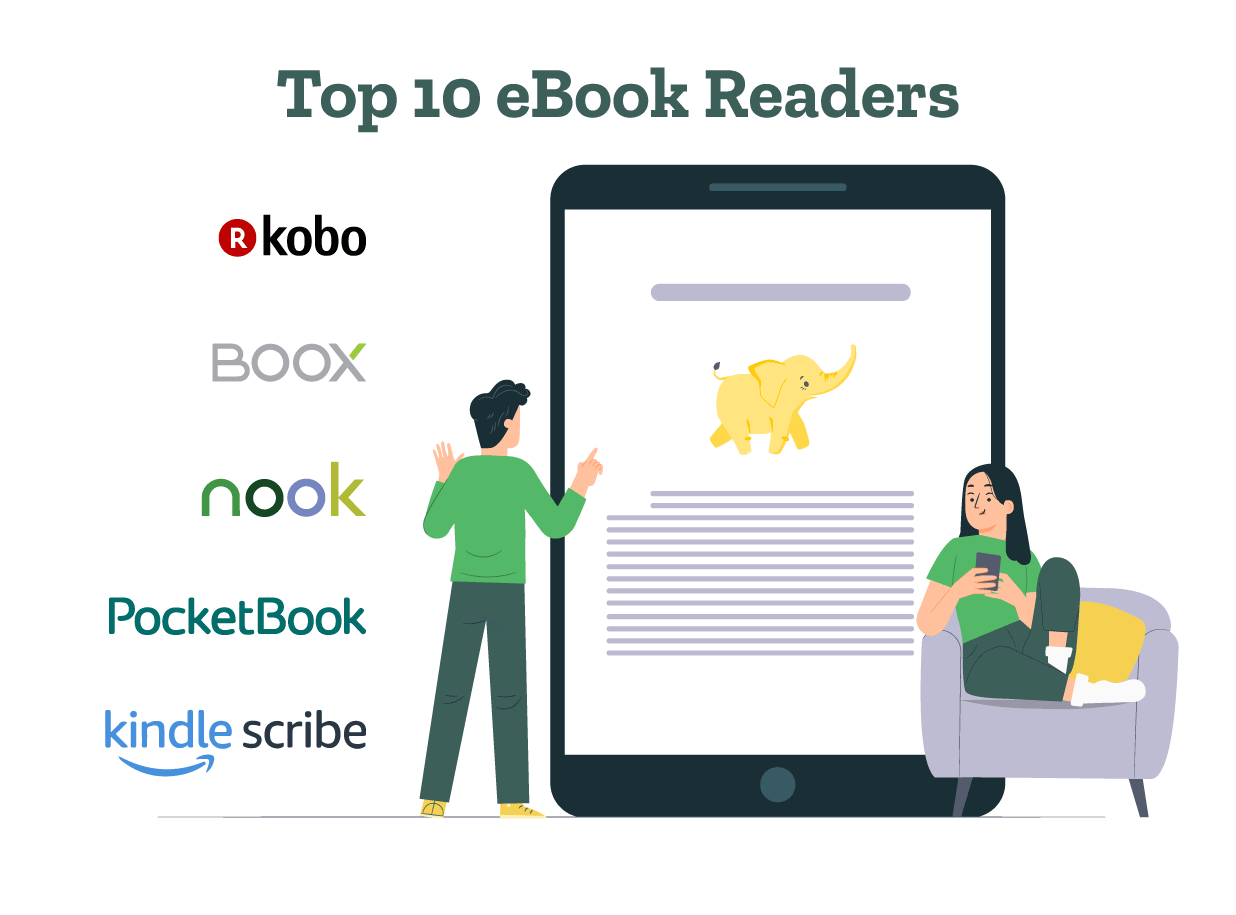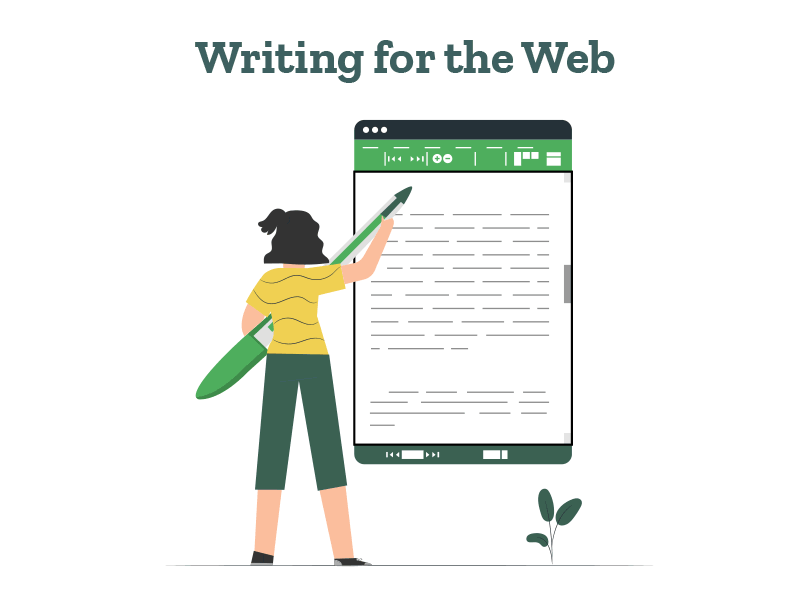- A List of Writing Contests in 2022 | Exciting Prizes!
- Em Dash vs. En Dash vs. Hyphen: When to Use Which
- Book Proofreading 101: The Beginner’s Guide
- Screenplay Editing: Importance, Cost, & Self-Editing Tips
- Screenplay Proofreading: Importance, Process, & Cost
- Script Proofreading: Rates, Process, & Proofreading Tips
- Manuscript Proofreading | Definition, Process & Standard Rates
- Tips to Write Better if English Is Your Second Language
- Novel Proofreading | Definition, Significance & Standard Rates
- Top 10 Must-Try Writing Prompt Generators in 2024
- 100+ Creative Writing Prompts for Masterful Storytelling
- Top 10 eBook Creator Tools in 2024: Free & Paid
- 50 Timeless and Unforgettable Book Covers of All Time
- What Is Flash Fiction? Definition, Examples & Types
- 80 Enchanting Christmas Writing Prompts for Your Next Story
- Your Guide to the Best eBook Readers in 2024
- Top 10 Book Review Clubs of 2025 to Share Literary Insights
- 2024’s Top 10 Self-Help Books for Better Living
- Writing Contests 2023: Cash Prizes, Free Entries, & More!
- Top 10 Book Marketing Services of 2024: Features and Costs
- What Is a Book Teaser and How to Write It: Tips and Examples
- Audiobook vs. EBook vs. Paperback in 2024: (Pros & Cons)
- How to Get a Literary Agent in 2024: The Complete Guide
- Alpha Readers: Where to Find Them and Alpha vs. Beta Readers
- Author Branding 101: How to Build a Powerful Author Brand
- A Guide on How to Write a Book Synopsis: Steps and Examples
- How to Write a Book Review (Meaning, Tips & Examples)
- 50 Best Literary Agents in the USA for Authors in 2024
- Building an Author Website: The Ultimate Guide with Examples
- Top 10 Book Printing Services for Authors in 2024
- 10 Best Free Online Grammar Checkers: Features and Ratings
- Top 10 Paraphrasing Tools for All (Free & Paid)
- Top 10 Book Editing Software in 2024 (Free & Paid)
- What Are Large Language Models and How They Work: Explained!
- Top 10 Hardcover Book Printing Services [Best of 2024]
- 2024’s Top 10 Setting Generators to Create Unique Settings
- Different Types of Characters in Stories That Steal the Show
- Top 10 Screenplay & Scriptwriting Software (Free & Paid)
- 10 Best AI Text Generators of 2024: Pros, Cons, and Prices
- Top 10 Must-Try Character Name Generators in 2024
- 10 Best AI Text Summarizers in 2024 (Free & Paid)
- 2024’s 10 Best Punctuation Checkers for Error-Free Text
- Top 10 AI Rewriters for Perfect Text in 2024 (Free & Paid)
- 11 Best Story Structures for Writers (+ Examples!)
- How to Write a Book with AI in 2024 (Free & Paid Tools)
- Writing Contests 2024: Cash Prizes & Free Entries!
- Patchwork Plagiarism: Definition, Types, & Examples
- 15 Powerful Writing Techniques for Authors in 2024
- Simple Resume Formats for Maximum Impact With Samples
- What Is a Complement in a Sentence? (Meaning, Types & Examples)
- What are Clauses? Definition, Meaning, Types, and Examples
- Persuasive Writing Guide: Techniques & Examples
- How to Paraphrase a Text (Examples + 10 Strategies!)
- 10 Best AI Writing Assistants of 2024 (Features + Pricing)
- Generative AI: Types, Impact, Advantages, Disadvantages
- A Simple Proofreading Checklist to Catch Every Mistake
- Top 10 AI Resume Checkers for Job Seekers (Free & Paid)
- 20 Best Comic Book Covers of All Time!
- How to Edit a Book: A Practical Guide with 7 Easy Steps
- How to Write an Autobiography (7 Amazing Strategies!)
- How to Publish a Comic Book: Nine Steps & Publishing Costs
- Passive and Active Voice (Meaning, Examples & Uses)
- How to Publish a Short Story & Best Publishing Platforms
- What Is Expository Writing? Types, Examples, & 10 Tips
- 10 Best Introduction Generators (Includes Free AI Tools!)
- Creative Writing: A Beginner’s Guide to Get Started
- How to Sell Books Online (Steps, Best Platforms & Tools)
- Top 10 Book Promotion Services for Authors (2025)
- 15 Different Types of Poems: Examples & Insight into Poetic Styles
- 25 Figures of Speech Simplified: Definitions and Examples
- 10 Best Book Writing Apps for Writers 2025: Free & Paid!
- Top 10 AI Humanizers of 2025 [Free & Paid Tools]
- Top 101 Bone-Chilling Horror Writing Prompts
- How to Write a Poem: Step-by-Step Guide to Writing Poetry
- Top 10 Book Writing Software, Websites, and Tools in 2025
- 100+ Amazing Short Story Ideas to Craft Unforgettable Stories
- The Top 10 Literary Devices: Definitions & Examples
- Top 10 AI Translators for High-Quality Translation in 2025
- Top 10 AI Tools for Research in 2025 (Fast & Efficient!)
- 50 Best Essay Prompts for College Students in 2025
- Top 10 Book Distribution Services for Authors in 2025
- Best 101 Greatest Fictional Characters of All Time
- Top 10 Book Title Generators of 2025
- Best Fonts and Sizes for Books: A Complete Guide
- What Is an Adjective? Definition, Usage & Examples
- How to Track Changes in Google Docs: A 7-Step Guide
- Best Book Review Sites of 2025: Top 10 Picks
- Parts of a Book: A Practical, Easy-to-Understand Guide
- What Is an Anthology? Meaning, Types, & Anthology Examples
- How to Write a Book Report | Steps, Examples & Free Template
- 10 Best Plot Generators for Engaging Storytelling in 2025
- 30 Powerful Poems About Life to Inspire and Uplift You
- What Is a Poem? Poetry Definition, Elements, & Examples
- Metonymy: Definition, Examples, and How to Use It In Writing
- 10 Best AI Detector Tools in 2025
- How to Write a CV with AI in 9 Steps (+ AI CV Builders)
- What Is an Adverb? Definition, Types, & Practical Examples
- How to Create the Perfect Book Trailer for Free
- Writing Contests 2025: Cash Prizes, Free Entries, and More!
- Top 10 Book Publishing Companies in 2025
- 14 Punctuation Marks: A Guide on How to Use with Examples!
- Translation Services: Top 10 Professional Translators (2025)
- What is a Book Copyright Page?
- Final Checklist: Is My Article Ready for Submitting to Journals?
- 8 Pre-Publishing Steps to Self-Publish Your Book
- 7 Essential Elements of a Book Cover Design
- How to Copyright Your Book in the US, UK, & India
- Beta Readers: Why You Should Know About Them in 2024
- How to Publish a Book in 2024: Essential Tips for Beginners
- ISBN Guide 2024: What Is an ISBN and How to Get an ISBN
- Book Cover Design Basics: Tips & Best Book Cover Ideas
- Why and How to Use an Author Pen Name: Guide for Authors
- How to Format a Book in 2025: 7 Tips for Book Formatting
- What is Manuscript Critique? Benefits, Process, & Cost
- How to Hire a Book Editor in 5 Practical Steps
- Self-Publishing Options for Writers
- How to Promote Your Book Using a Goodreads Author Page
- 7 Essential Elements of a Book Cover Design
- What Makes Typesetting a Pre-Publishing Essential for Every Author?
- 4 Online Publishing Platforms To Boost Your Readership
- Typesetting: An Introduction
- Quick Guide to Novel Editing (with a Self-Editing Checklist)
- 10 Best Self-Publishing Companies of 2024: Price & Royalties
- Self-Publishing vs. Traditional Publishing: 2024 Guide
- How to Publish a Book in 2024: Essential Tips for Beginners
- ISBN Guide 2024: What Is an ISBN and How to Get an ISBN
- How to Publish a Book on Amazon: 8 Easy Steps [2024 Update]
- What are Print-on-Demand Books? Cost and Process in 2024
- What Are the Standard Book Sizes for Publishing Your Book?
- Top 10 EBook Conversion Services for 2024’s Authors
- How to Copyright a Book in 2024 (Costs + Free Template)
- How to Market Your Book on Amazon to Maximize Sales in 2024
- Top 10 Hardcover Book Printing Services [Best of 2024]
- How to Find an Editor for Your Book in 8 Steps (+ Costs!)
- What Is Amazon Self-Publishing? Pros, Cons & Key Insights
- Manuscript Editing in 2024: Elevating Your Writing for Success
- Know Everything About How to Make an Audiobook
- A Simple 14-Point Self-Publishing Checklist for Authors
- How to Write an Engaging Author Bio: Tips and Examples
- Book Cover Design Basics: Tips & Best Book Cover Ideas
- How to Publish a Comic Book: Nine Steps & Publishing Costs
- Why and How to Use an Author Pen Name: Guide for Authors
- How to Sell Books Online (Steps, Best Platforms & Tools)
- A Simple Guide to Select the Best Self-Publishing Websites
- 10 Best Book Cover Design Services of 2025: Price & Ratings
- How Much Does It Cost to Self-Publish a Book in 2025?
- How to Self-Publish a Book: Tips and Prices (2025)
- Quick Guide to Book Editing [Complete Process & Standard Rates]
- How to Distinguish Between Genuine and Fake Literary Agents
- What is Self-Publishing? Everything You Need to Know
- How to start your own online publishing company?
- 8 Tips To Write Appealing Query Letters
- Self-Publishing vs. Traditional Publishing: 2024 Guide
- How to Publish a Book in 2024: Essential Tips for Beginners
- ISBN Guide 2024: What Is an ISBN and How to Get an ISBN
- What are Print-on-Demand Books? Cost and Process in 2024
- How to Write a Query Letter (Examples + Free Template)
- Third-person Point of View: Definition, Types, Examples
- How to Write an Engaging Author Bio: Tips and Examples
- How to Publish a Comic Book: Nine Steps & Publishing Costs
- Top 10 Book Publishing Companies in 2025
- How to Create Depth in Characters
- Starting Your Book With a Bang: Ways to Catch Readers’ Attention
- Research for Fiction Writers: A Complete Guide
- Short stories: Do’s and don’ts
- How to Write Dialogue: 7 Rules, 5 Tips & 65 Examples
- What Are Foil and Stock Characters? Easy Examples from Harry Potter
- How To Write Better Letters In Your Novel
- On Being Tense About Tense: What Verb Tense To Write Your Novel In
- How To Create A Stellar Plot Outline
- How to Punctuate Dialogue in Fiction
- On Being Tense about Tense: Present Tense Narratives in Novels
- The Essential Guide to Worldbuilding [from Book Editors]
- What Is Point of View? Definition, Types, & Examples in Writing
- How to Create Powerful Conflict in Your Story | Useful Examples
- How to Write a Book: A Step-by-Step Guide
- How to Write a Short Story in 6 Simple Steps
- How to Write a Novel: 8 Steps to Help You Start Writing
- What Is a Stock Character? 150 Examples from 5 Genres
- Joseph Campbell’s Hero’s Journey: Worksheet & Examples
- Novel Outline: A Proven Blueprint [+ Free Template!]
- Character Development: 7-Step Guide for Writers
- What Is NaNoWriMo? Top 7 Tips to Ace the Writing Marathon
- What Is the Setting of a Story? Meaning + 7 Expert Tips
- Theme of a Story | Meaning, Common Themes & Examples
- What Is a Blurb? Meaning, Examples & 10 Expert Tips
- What Is Show, Don’t Tell? (Meaning, Examples & 6 Tips)
- How to Write a Book Summary: Example, Tips, & Bonus Section
- How to Write a Book Description (Examples + Free Template)
- 10 Best Free AI Resume Builders to Create the Perfect CV
- A Complete Guide on How to Use ChatGPT to Write a Resume
- 10 Best AI Writer Tools Every Writer Should Know About
- How to Write a Book Title (15 Expert Tips + Examples)
- 100 Novel and Book Ideas to Start Your Book Writing Journey
- Exploring Writing Styles: Meaning, Types, and Examples
- Mastering Professional Email Writing: Steps, Tips & Examples
- How to Write a Screenplay: Expert Tips, Steps, and Examples
- Business Proposal Guide: How to Write, Examples and Template
- Different Types of Resumes: Explained with Tips and Examples
- How to Create a Memorable Protagonist (7 Expert Tips)
- How to Write an Antagonist (Examples & 7 Expert Tips)
- Writing for the Web: 7 Expert Tips for Web Content Writing
- 10 Best AI Text Generators of 2024: Pros, Cons, and Prices
- What are the Parts of a Sentence? An Easy-to-Learn Guide
- How to Avoid AI Detection in 2024 (6 Proven Techniques!)
- How to Avoid Plagiarism in 2024 (10 Effective Strategies!)
- What Is Climax Of A Story & How To Craft A Gripping Climax
- What Is a Subject of a Sentence? Meaning, Examples & Types
- Object of a Sentence: Your Comprehensive Guide
- What Is First-Person Point of View? Tips & Practical Examples
- Second-person Point of View: What Is It and Examples
- 10 Best AI Essay Outline Generators of 2024
- Third-person Point of View: Definition, Types, Examples
- The Importance of Proofreading: A Comprehensive Overview
- Patchwork Plagiarism: Definition, Types, & Examples
- Simple Resume Formats for Maximum Impact With Samples
- The Ultimate Guide to Phrases In English – Types & Examples
- Modifiers: Definition, Meaning, Types, and Examples
- What are Clauses? Definition, Meaning, Types, and Examples
- Persuasive Writing Guide: Techniques & Examples
- What Is a Simile? Meaning, Examples & How to Use Similes
- Mastering Metaphors: Definition, Types, and Examples
- 10 Best AI Writing Assistants of 2024 (Features + Pricing)
- Generative AI: Types, Impact, Advantages, Disadvantages
- How to Publish a Comic Book: Nine Steps & Publishing Costs
- Essential Grammar Rules: Master Basic & Advanced Writing Skills
- Benefits of Using an AI Writing Generator for Editing
- Hyperbole in Writing: Definition and Examples
- 15 Best ATS-Friendly ChatGPT Prompts for Resumes in 2025
- How to Write a Novel in Past Tense? 3 Steps & Examples
- 10 Best Spell Checkers of 2025: Features, Accuracy & Ranking
- Foil Character: Definition, History, & Examples
- 5 Key Elements of a Short Story: Essential Tips for Writers
- How to Write a Children’s Book: An Easy Step-by-Step Guide
- How To Write a Murder Mystery Story
- What Is an Adjective? Definition, Usage & Examples
- Metonymy: Definition, Examples, and How to Use It In Writing
- Fourth-Person Point of View: A Unique Narrative Guide
- How to Write a CV with AI in 9 Steps (+ AI CV Builders)
- What Is an Adverb? Definition, Types, & Practical Examples
- How to Write A Legal Document in 6 Easy Steps
- 10 Best AI Story Generators in 2025: Write Captivating Tales
- How to Introduce a Character Effectively
- What is Rhetoric and How to Use It in Your Writing
- How to Write a Powerful Plot in 12 Steps
- How to Make Money as a Writer: Your First $1,000 Guide
- How to Write SEO Content: Tips for SEO-Optimized Content
- Types of Introductions and Examples
- How to Create Marketing Material
Still have questions? Leave a comment

Checklist: Dissertation Proposal
Enter your email id to get the downloadable right in your inbox!
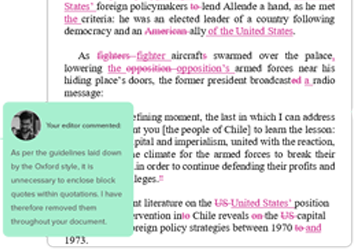
Examples: Edited Papers
Enter your email id to get the downloadable right in your inbox!
Need
Editing and
Proofreading Services?

What Is Point of View? Definition, Types, & Examples in Writing
 Feb 01, 2023
Feb 01, 2023 6
min read
6
min read
- Tags: Fiction Writing, Novel, Writing Tips
A point of view is an inseparable part of writing. It is the perspective through which the narrator recounts their story. Every piece of literature, be it novels, stories, or blogs, has a distinct point of view.
What is point of view?
A point of view is the perspective through which a story is narrated. It is crucial in determining the relationship between the narrator and the characters in the story. In a first-person point of view, the narrator is a part of the story and can interact with other characters in that story.
In a third-person point of view, the narrator is removed from the story and cannot interact with the characters in it. On the other hand, the narrator assumes the reader to be a part of the story and addresses them directly in a second-person point of view.
Let’s look at the different points of view along with a few relevant point of view examples.
What is a first-person point of view?
In the first-person point of view, the narrator uses first-person pronouns such as “I”, “we”, and “us” to express their thoughts and feelings. We get an insight into the mind of the narrator with the help of personal anecdotes, thoughts, and experiences.
The narrator can either be the protagonist recounting their own experiences, or a secondary character narrating the protagonist’s story.
There are two ways in which the first-person point of view can be written.
1. First-person central
In this perspective, the narrator is also the protagonist of the story. Let’s take a look at a first-person point of view example to see how this is done:
“Soon after my return from Leyden, I was recommended by my good master, Mr. Bates, to be surgeon to the Swallow, Captain Abraham Pannel, commander; with whom I continued three years and a half, making a voyage or two into the Levant, and some other parts. When I came back I resolved to settle in London; to which Mr. Bates, my master, encouraged me …”
— Gulliver’s Travels, Jonathan Swift
In the above example, we can see writing that is quite similar to a journal entry but is in fact a fictional novel. Swift makes use of a diary-like, first-person central narrative which is typically used for journaling or writing autobiographies. This gives the story an intimate, authentic feel despite being entirely fictional.
2. First-person peripheral
In this narrative, the protagonist’s story is narrated from the perspective of a secondary character in the story. Here’s an example:
“My poor friend. I have described him many times. Now to convey to you the difference. Crippled with arthritis, he propelled himself about in a wheelchair. His once plump frame had fallen in. He was a thin little man now. His face was lined and wrinkled. His moustache and hair, it is true, were still of a jet-black color, but candidly, though I would not for the world have hurt his feelings by saying so to him, this was a mistake.”
— Curtain, Agatha Christie
In the above example of a first-person narrative, Hastings, a friend of the novel’s protagonist, observes significant changes in his friend’s appearance. The use of the first-person peripheral point of view makes it easier to describe the physical appearance of the protagonist. The repetition of “I” is avoided and the situation is also more believable.
Why use the first-person point of view?
When used effectively, the first-person narrative:
1. Creates suspense.
The first-person narrative limits our access to information and helps create suspense.
2. Creates a sense of “togetherness”.
The narrator recounts personal anecdotes and experiences which allows for an engaging experience. It gives us an insight into the mind of the narrator and creates a sense of “togetherness”.
3. Creates an element of suspicion or intrigue.
Similar to real life, the narratives of characters in stories may not always be objective or reliable. The concept of an unreliable narrator who interprets circumstances incorrectly due to their personal biases and opinions adds an element of intrigue to the story.
What is the second-person point of view?
The second-person point of view uses the pronoun “you” and assumes the reader to be the main character of the story. It is a highly immersive viewpoint in which the narrator describes “your” thoughts, actions, and emotions.
This point of view is commonly used in immersive stories, nonfiction, advertisements, or even our Resource Center! Although uncommon, it can also be used in longer fictional novels like The Fifth Season by N. K. Jemisin.
“You know this voice. Young, male. Familiar, and soothing in a familiar way. Lerna, Makenba’s boy from down the road, who went away for a few years and came back as a doctor. He’s not a boy anymore, hasn’t been for a while, so you remind yourself again to start thinking of him as a man.”
— The Fifth Season, N. K. Jemisin
In the above example, the protagonist Essun, a grieving mother of two, recounts her experiences using the pronoun “you” instead of “I”. This narrative creates an intense and immersive experience and makes us relate to the protagonist.
Why use the second-person point of view?
When used effectively, the second-person perspective:
1. Creates an immersive experience.
The second-person perspective is the most intimate of all points of view since the narrator directly addresses us with the pronoun “you”. This allows for a highly immersive experience that allows us to contemplate and self-reflect.
2. Creates an uncommon narrative.
Using the second-person narrative in literary fiction is difficult, and if used too often, can make the story look gimmicky. Hence, the first and third-person points of view are mainly used in fiction. However, if used correctly, the second-person point of view can add an element of uniqueness to the story.
What is the third-person point of view?
In the third-person point of view, the story is recounted by a narrator who is removed from the story. Characters in this viewpoint are either addressed using names or third-person pronouns.
The third-person point of view can be written in three ways.
1. Third-person limited
In this point of view, the narrator relays the thoughts, actions, and emotions of a single character at a time. The writer can switch between characters from chapter to chapter, but doing this too often can be confusing to the reader. Let’s look at a third-person point of view example:
“The Dursleys hadn’t even remembered that today happened to be Harry’s twelfth birthday. Of course, his hopes hadn’t been high; they’d never given him a real present, let alone a cake – but to ignore it completely…”
— Harry Potter, J.K. Rowling
In the example, Rowling offers a glimpse into the mind of the protagonist, Harry Potter, revealing his thoughts, emotions, and feelings. This allows us to empathize with Harry and experience a similar sense of loneliness and abandonment as we get to experience his inner world.
2. Third-person omniscient
In this point of view, the story is narrated through the eyes of an all-knowing entity. It is inclusive of multiple points of view and allows for flexibility in storytelling without limitations on time, and place. Here’s an example:
“The boy with fair hair lowered himself down the last few feet of rock and began to pick his way toward the lagoon. Though he had taken off his school sweater and trailed it now from one hand, his grey shirt stuck to him and his hair was plastered to his forehead. All round him the long scar smashed into the jungle was a bath of heat.”
— Lord of the Flies, William Golding
The above passage not only describes the boy with fair or blonde hair, but also creates an imagery of the beautiful surroundings around him. This is characteristic of the third-person omniscient point of view.
3. Third-person objective
In this point of view, the narrator adopts an observational narrative and takes the role of a bystander, simply observing a set of events and reporting them as they are. This point of view is mainly used in news reports, but can also be used in literature. Here’s an example:
“The hills across the valley of the Ebro’ were long and white. On this side there was no shade and no trees and the station was between two lines of rails in the sun. Close against the side of the station there was the warm shadow of the building and a curtain, made of strings of bamboo beads, hung across the open door into the bar, to keep out flies.”
— Hills Like White Elephants, Ernest Hemingway
As we can see from the above paragraph, Hemingway’s writing style is known for its minimalism and objective, “just the facts” approach, which is similar to that of reportage or news writing.
He often focuses on describing physical details and actions, rather than delving into the characters’ thoughts and emotions. This gives his stories a sense of realism and immediacy but also allows us to come up with our own interpretations.
Why use the third-person point of view?
When used effectively, the third-person point of view:
1. Creates a biased or unbiased narrative.
Unlike the first-person point of view, the narrator in this point of view is removed from the story. The narrator views the story from a bird’s eye view and in most cases provides an objective and often omniscient perspective.
But, this is not always the case. In certain cases, the narrator withholds information from us to create suspense and mystery.
2. Creates narrative flexibility.
The third-person point of view allows for greater flexibility and objectivity because the narrator is not a character in the story. The narrator can switch between different characters and perspectives and can move freely through time and space. This can create a rich and complex narrative experience for us, as we can gain insight into multiple characters and events.
Additionally, the use of the third-person point of view can create a sense of detachment which helps to build a sense of objectivity or emotional distance, depending on the author’s aim.
3. Creates overall character development.
The omniscient point of view allows for rich character development and the growth of multiple characters in a story. This makes the story more diverse and engaging as it allows us to gain insight into the thoughts, feelings, and motivations of multiple characters.
The omniscient narrator is an all-knowing entity that has access to the internal and external lives of characters, their past, and future, which can present a detailed and nuanced picture of the characters.
Additionally, the omniscient point of view allows us to form our own opinions about the characters, as the narrator doesn’t impose their perspective or feelings on the characters. This can make the story more complex and open to interpretation.
Can you switch points of view?
Many of us have put a book away because it has too many characters talking all at once. We can only enjoy a story when we understand the context and the perspective from which it’s told. Switching points of view too often can be confusing or jarring and can disrupt the flow of this story. Although some writers have mastered the art of switching points of view in the same sentence, it’s a good idea for most of us to use chapter, paragraph, or even line breaks.
But, if done correctly, switching points of view adds an interesting element to the story for example, switching between first and third-person can be used to show the different perspectives of different characters, or to reveal information gradually.
If overused, the second-person point of view may be disorienting for us, but if used efficiently it can create a sense of self-affirmation or allegory.
When it comes to doubt about your narrating style and POV, your editor is the best person to seek advice from. Luckily for you, we have somewhat of an expertise in providing novel editing services! The next time you’re stuck while writing your book, you know whose door to knock!
It’s our duty to provide you with the tools you need to write wonderfully. Here are some resource that you’ll find useful:



